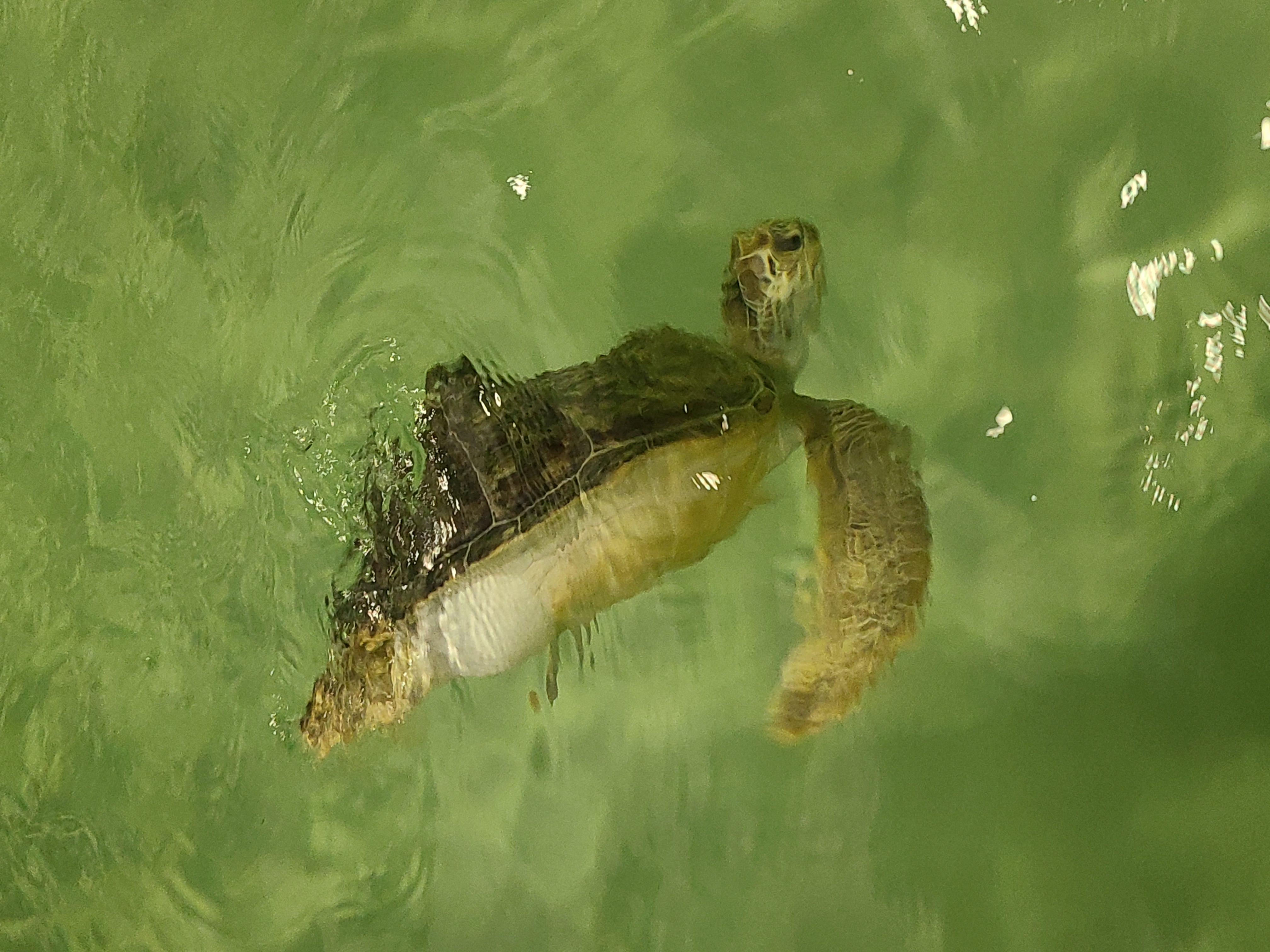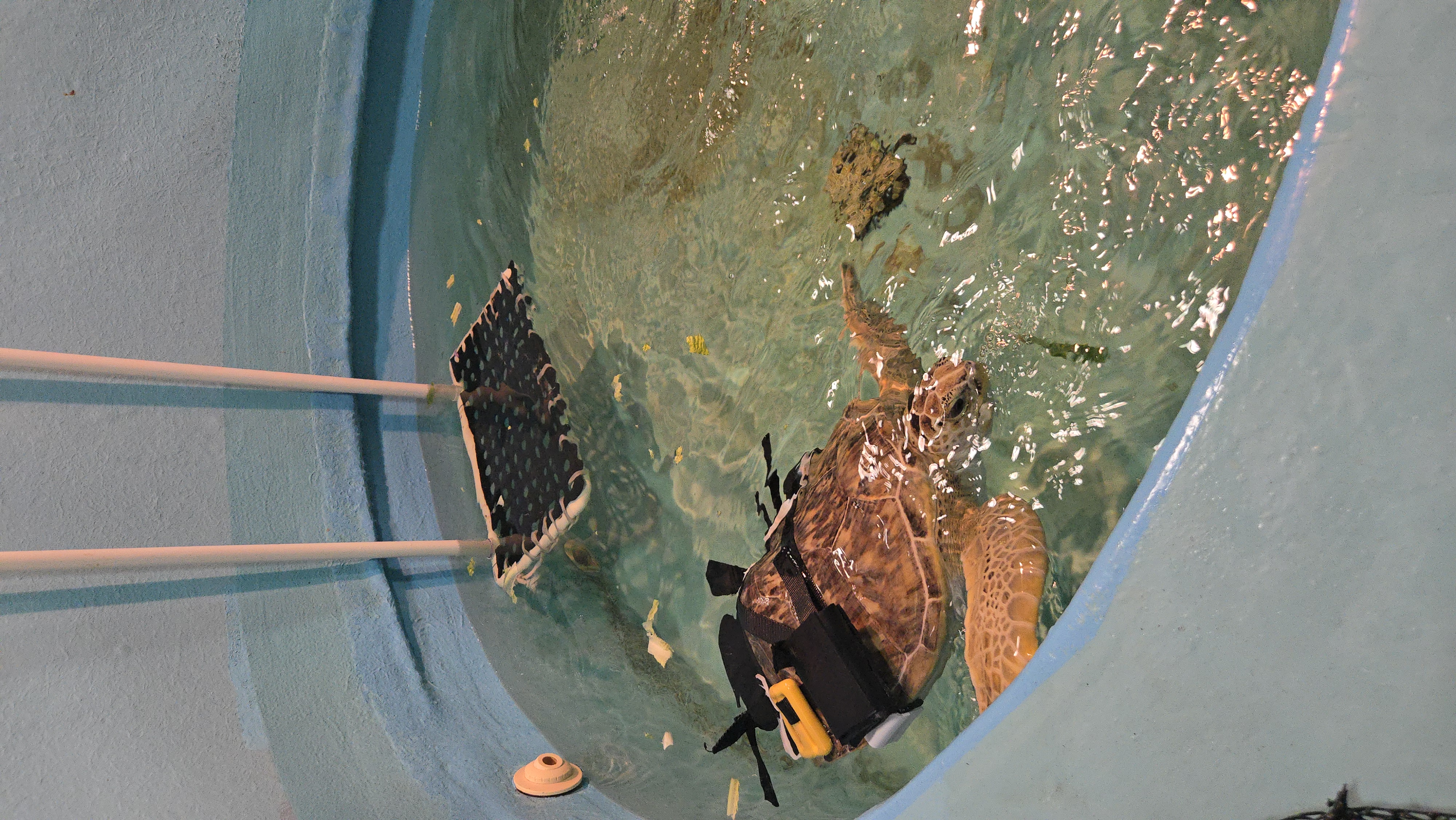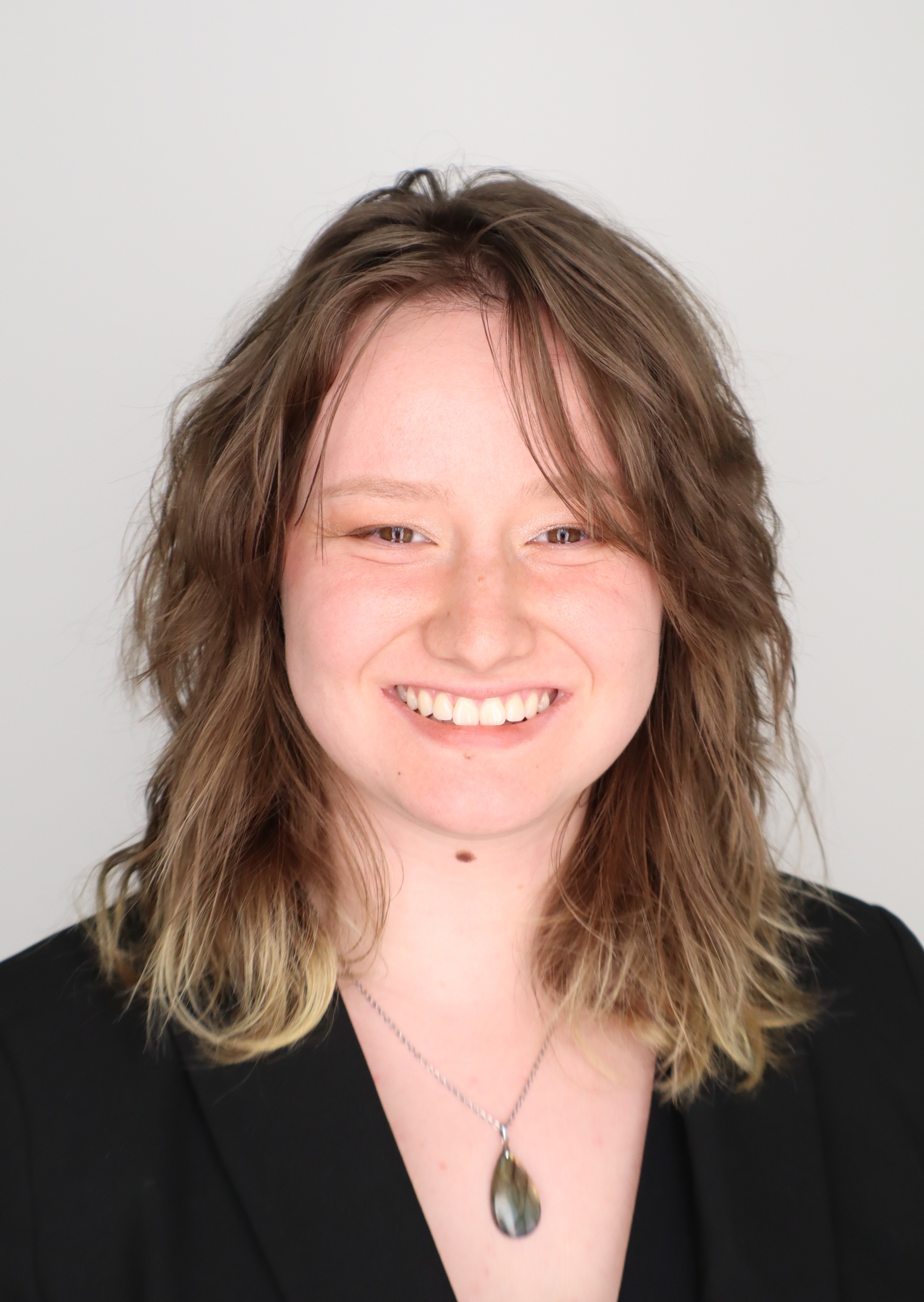The Interview
Janice: What led you to your current major?
Polina: I originally went to LaGuardia for high school, I was very much an artist.
However, I was looking for ways to combine my passions for art and math. I was very
thorough with my research and found that Mechanical Engineering would be the most
suitable to bring these interests together. Moving forward though, I am looking to
transition to Aerospace Engineering as I’d like to work with space and the stars more
closely.
What are some fun facts about yourself?
I have an internship this summer where I’ll be doing CAD models for a civil engineering
company called Matrics Engineering in Germany.
What is your involvement with ASME, AIAA, and Hall council public relations leader
like, and how has it been helpful to you?
I had a really big change from art to engineering, so I decided to focus on extracurriculars,
being in hall council included.
Tell me more about your experience in the VIP teams. What was your role and experience
like when you contributed to the development of the EMG sensor and the thermo-haptic
“second skin” sensor? How did presenting it at the Ureca Symposium go?
This isn’t really a VIP team, but I did do physics research with Professor Hemmick
on the Time Projection Capsule (TPC). I was part of the assembly process, applying
carbon fiber, and it looks pretty much like a satellite. It was a lot of assembly
work. I think having this experience helped me eventually get an internship at Brookhaven
National Laboratory where I contributed to the Relativistic Heavy Ion Collider (RHIC),
by working for its cryo department.
As for the VIP teams, I worked with Professor Shanshan Yao on both the Wearable EMG
Sensor for Swallowing Detection and the Wearable Thermo-Haptic Second Skin Sensor.
My WISE mentor was trying to find the perfect formula for the second skin sensor,
and so we decided to read through many research papers for this second skin, where
we eventually landed on the perfect formula for this second skin.
Later on my mentor graduated, and so I was nominated to organize the group for the
URECA Symposium. We were able to present this among many Mechanical Engineering professors
and students.
 You are currently working on a weighted vest to help a sea turtle with positive buoyancy
syndrome, how is that going? What has the whole process been like?
You are currently working on a weighted vest to help a sea turtle with positive buoyancy
syndrome, how is that going? What has the whole process been like?
I’ve been working at a marine center, so I have been focusing on a sea turtle called
Ms. Chestnut, who was found close to shore at Jones beach. Turtles usually migrate
to warmer waters when it gets cold, but sometimes they don’t make it in time and end
up with hypothermia. Ms.Chestnut was on the beach when she was struck by a boat, causing
a deformity in her shell and a bubble was formed. It causes her to swim sideways,
and because of this she uses one side of her flippers more than the other. The deformity
also caused her organs to shift, her spine to become curved, and she stopped growing.
The goal is to create a vest that will allow her to swim and dive while being properly
balanced. It’s possible that it can also shift her organs and spine back, and maybe start growing again, but that is our assumption.
So far, we are pretty much done with the vest, and Ms. Chestnut has tried it on. It
helps stabilize her swimming by a lot and we are slowly easing her into swimming for
longer periods of time with it.
What did you enjoy most about being a WISE teaching assistant? In what ways has that
role helped you?
Since I am a part of WISE, when I applied to be a TA I was set up for one of the introductory
WISE courses. It was fun helping students, especially since a lot of them were Physics
majors, which was nice since I was involved in research with Professor Hemmick. If
they needed help with finding a research opportunity on campus I was able to give
them helpful tips and assistance. Some students still say hi to me when they see me
on campus which is also really nice.
You also work at the Staller Center as an assistant house manager and box office ticket
seller. How do you manage all your roles in addition to this?
It’s really because I want experience and build on technical skills, but I also pay
for my own tuition so having a job is really nice to support myself.
I got this job from a friend, so I contacted my (now) boss, where I went in for an
interview. I now check tickets, check through the theater after every show and do
a walk-through, and sell tickets during the day.
In order to balance my time, I make sure to dedicate myself some time, usually around
4 to 7 PM. If I have work I will stop and come back to it. I’ve found that Google
Calendar helps a lot, too.
Are there any resources from CEAS/Stony Brook that you’ve found useful when it comes
to your involvement and projects?
It would definitely be the alumni and TAs as they share their experiences. Austin
and Jason, are a few of the TAs for Mechanical engineering. My WISE mentor Jasmine,
as well. I’ve found going to them for advice helping. Sometimes they are able to teach
you things in a way that is much more understandable than a professor in class. I
find that it is a great way to share connections and resources.
Now that you are graduating, what are your plans? How do you think any of your involvement
on campus has shaped your goals?
My plan right now is to focus on my internship in Germany over the summer. But I am
currently looking into Germany and the US for a long-term job.
When I chose mechanical engineering it was very new to me and it was during COVID
so a lot of the meetings were on Zoom. There were so many people who had been working
on their own projects already but for me, being able to access so many cool research
opportunities is a lot of fun as I would have never seen myself doing this when I
was in high school, working in labs, doing research.
Do you have any advice for those who are also looking to get involved in these kinds
of experiences?
In terms of research, research the professors and find them in person. Speak with
them. Students tend to send emails because they are scared but you should really speak
with them in person and put yourself out there. You can always follow up a conversation
with an email.
Looking back on your undergraduate experience, what was your favorite part about being
at Stony Brook?
Working at Staller is one of the best jobs on campus. I have a lot of fun and my boss
is great. Research has been a lot of fun and rewarding as well. Besides that, I loved
being in WISE, it helped me form a strong friend group. There were a total of 9 girls
in WISE and they were also within my major, and that really helped us form a bond,
we even lived together last year in the same suite.




